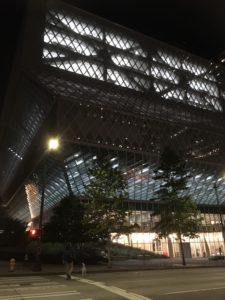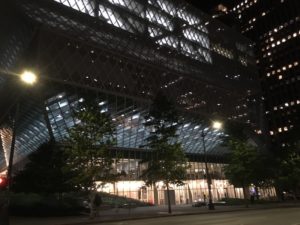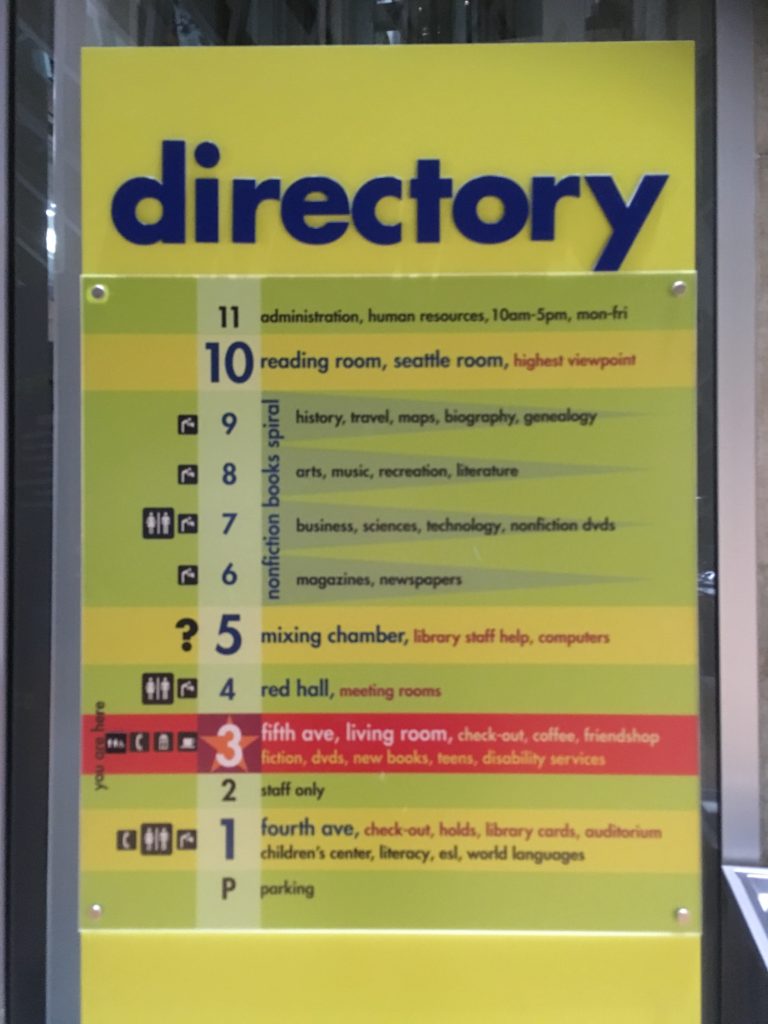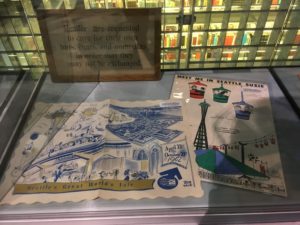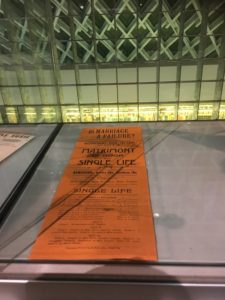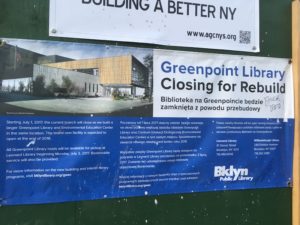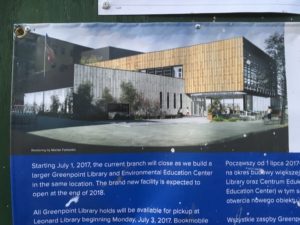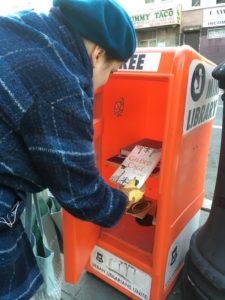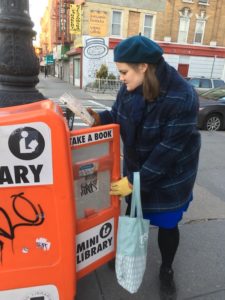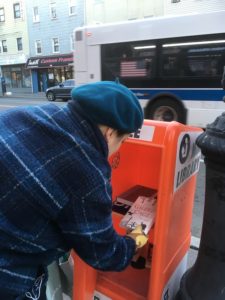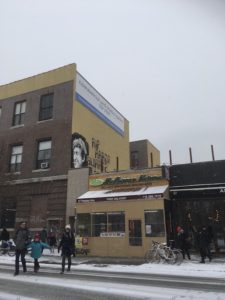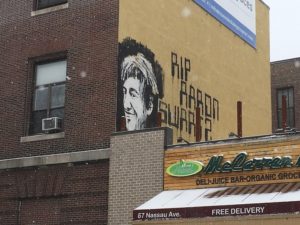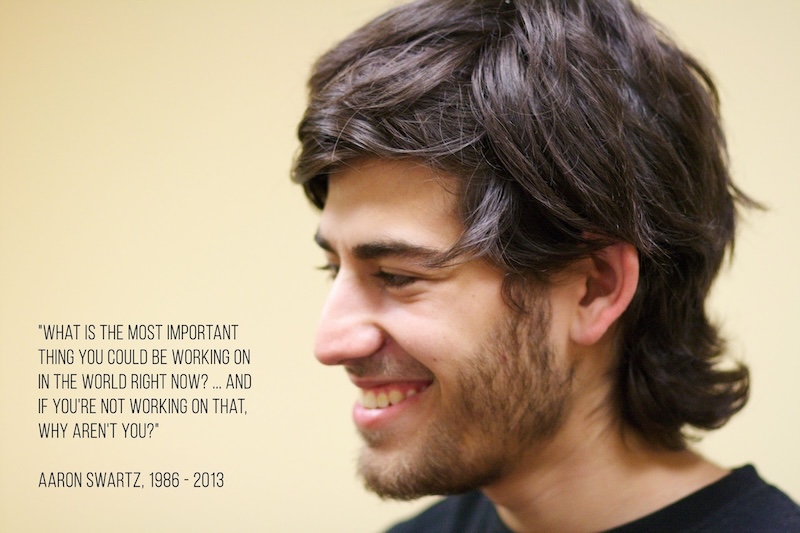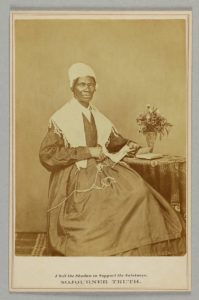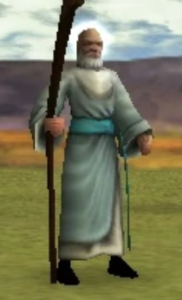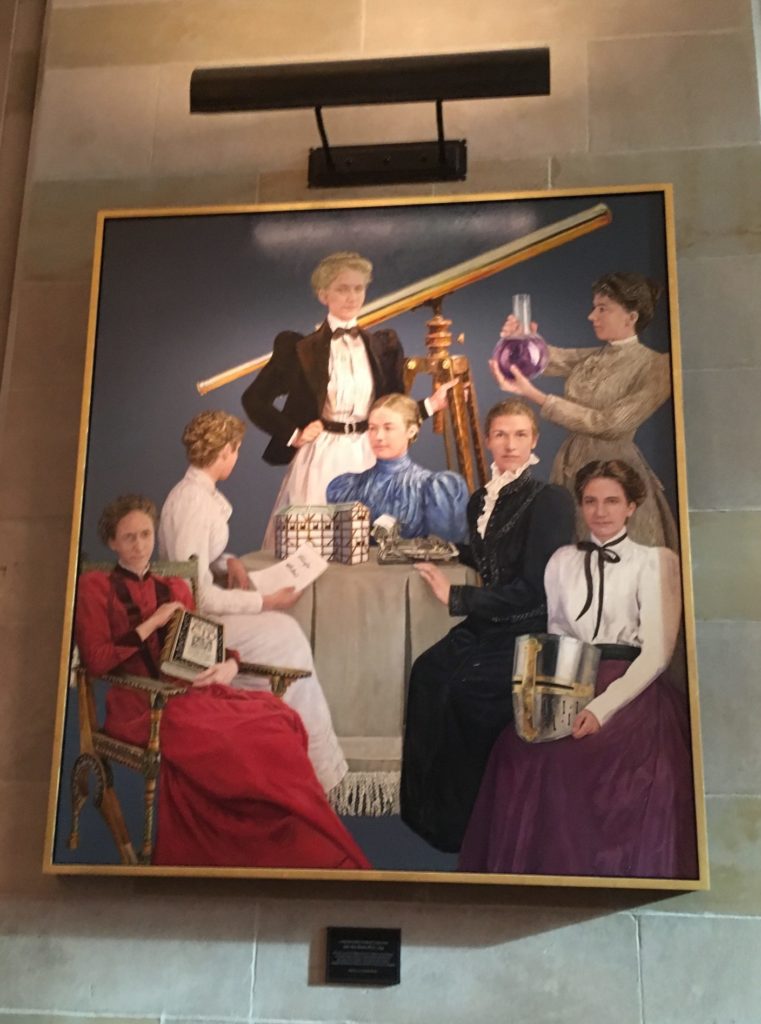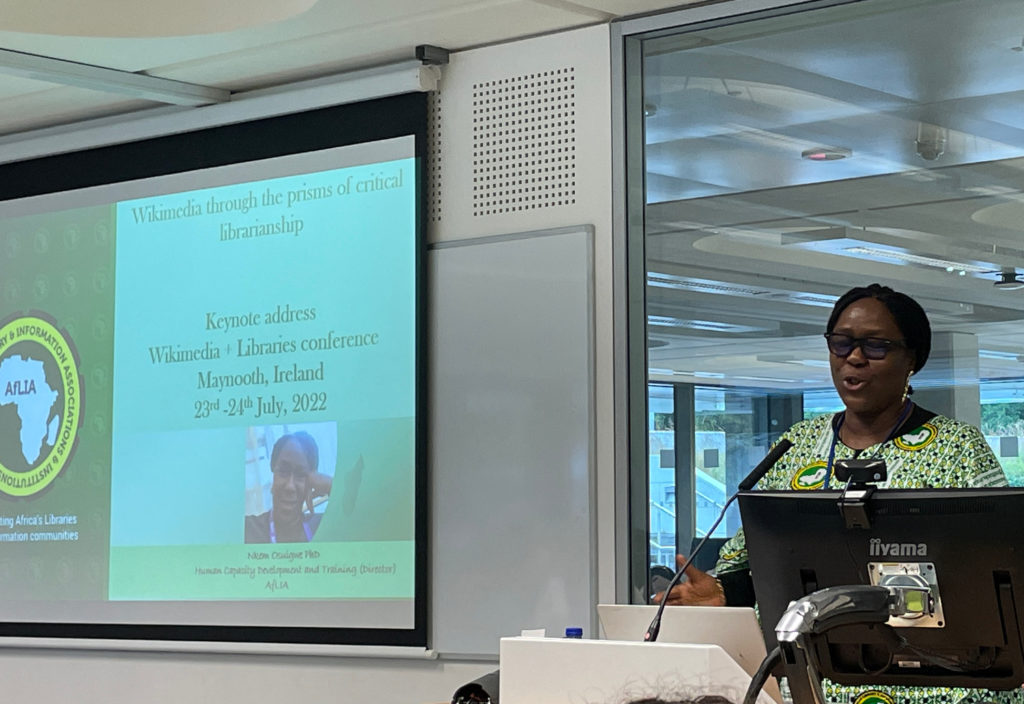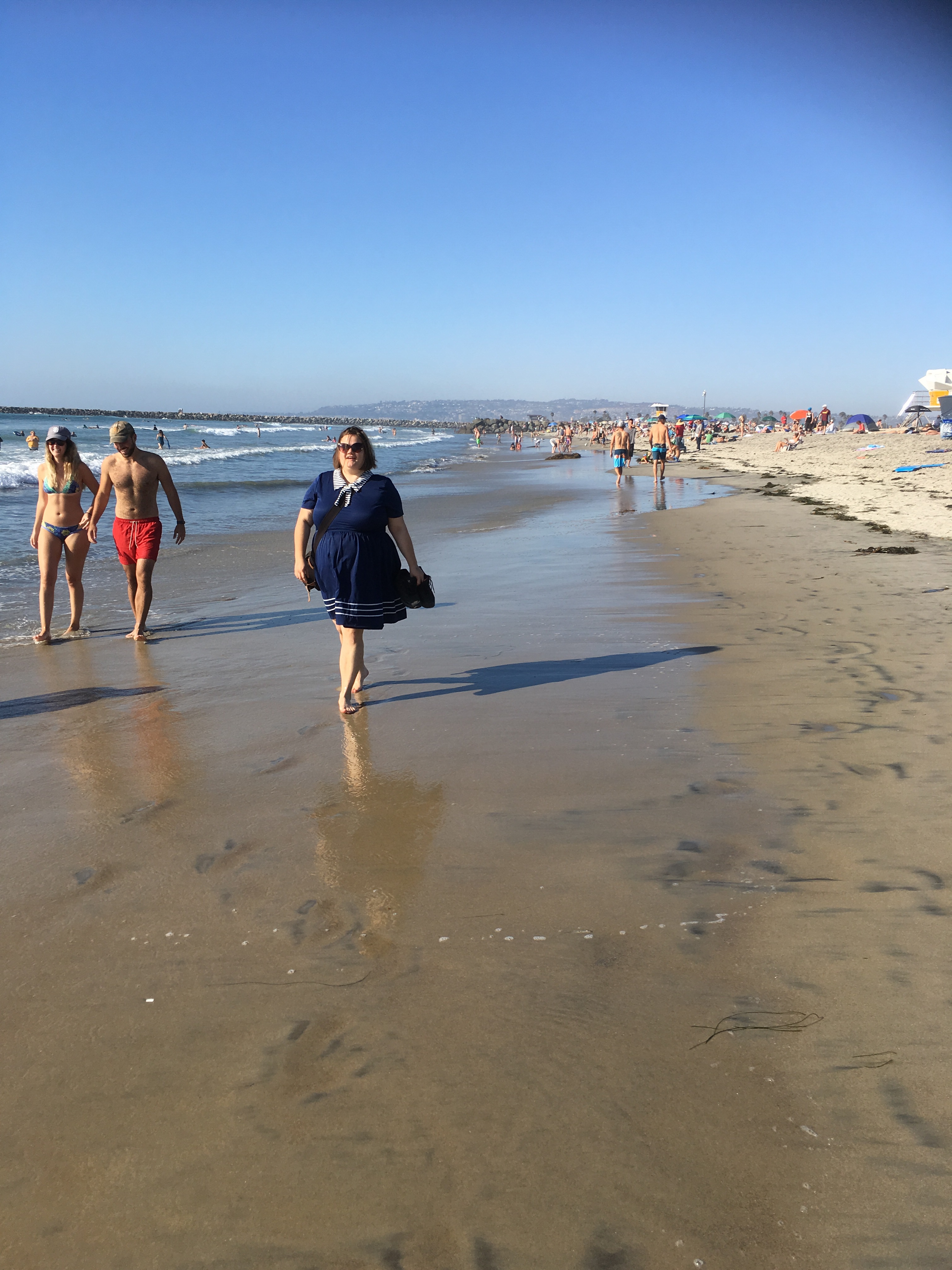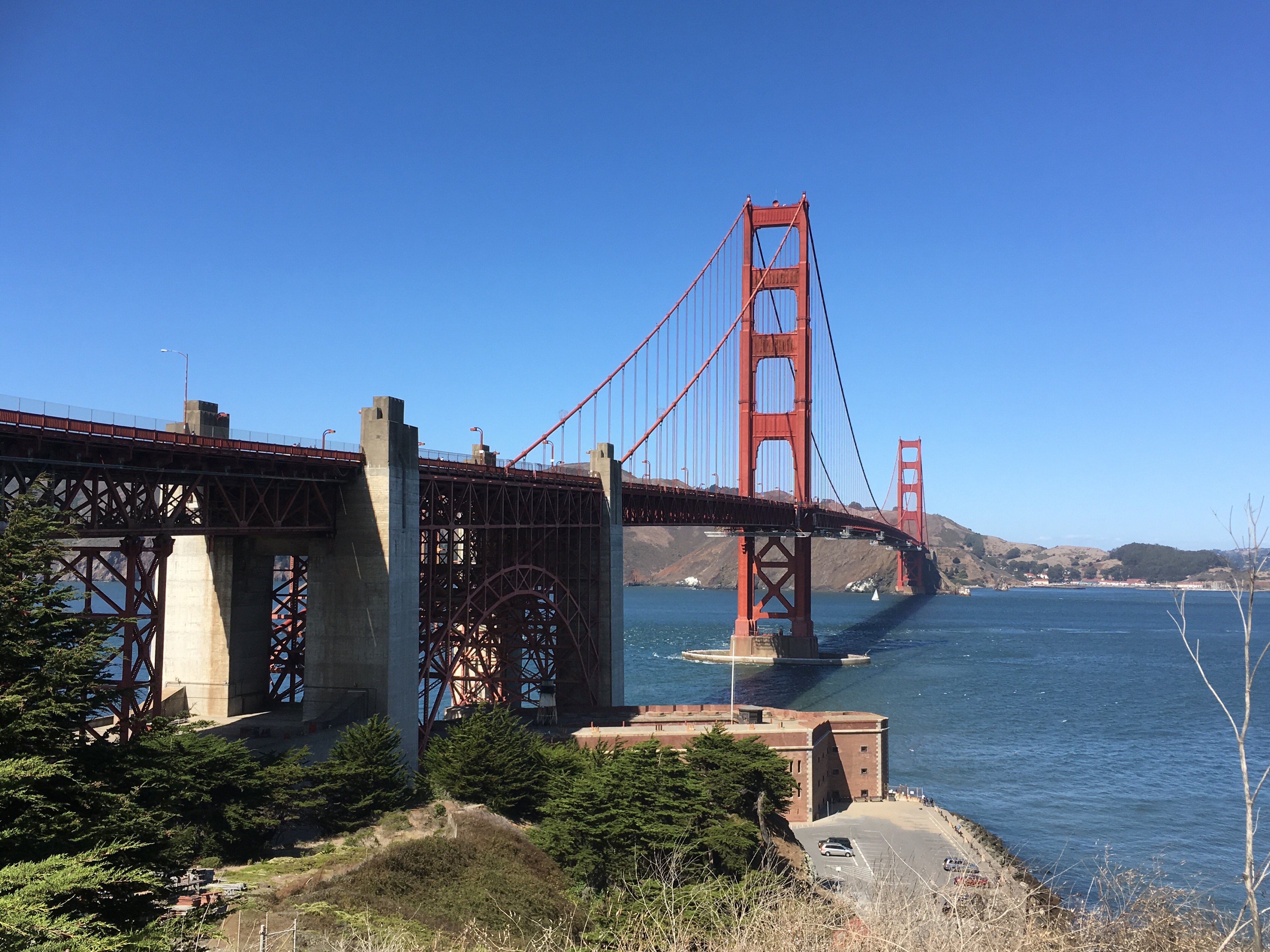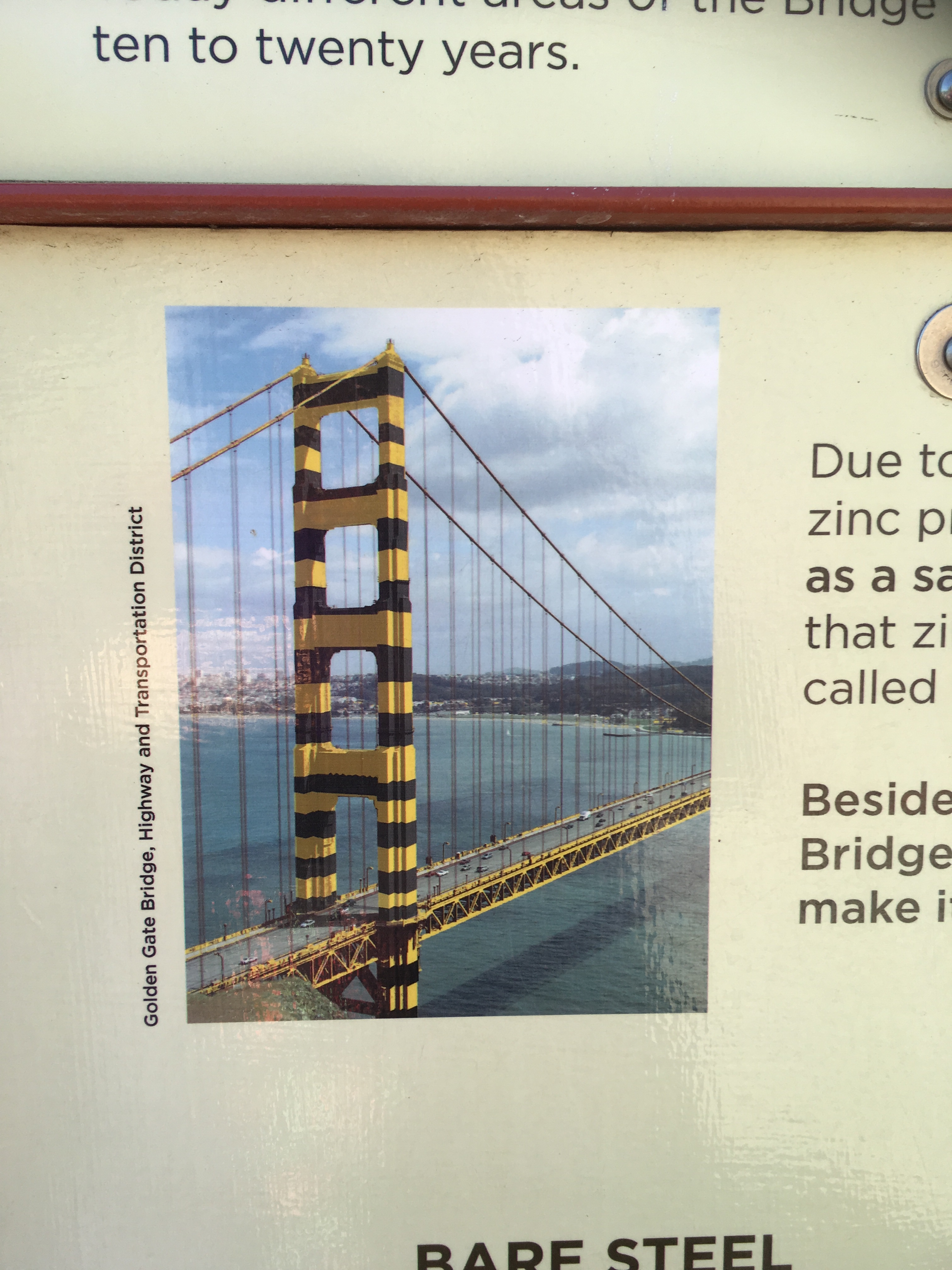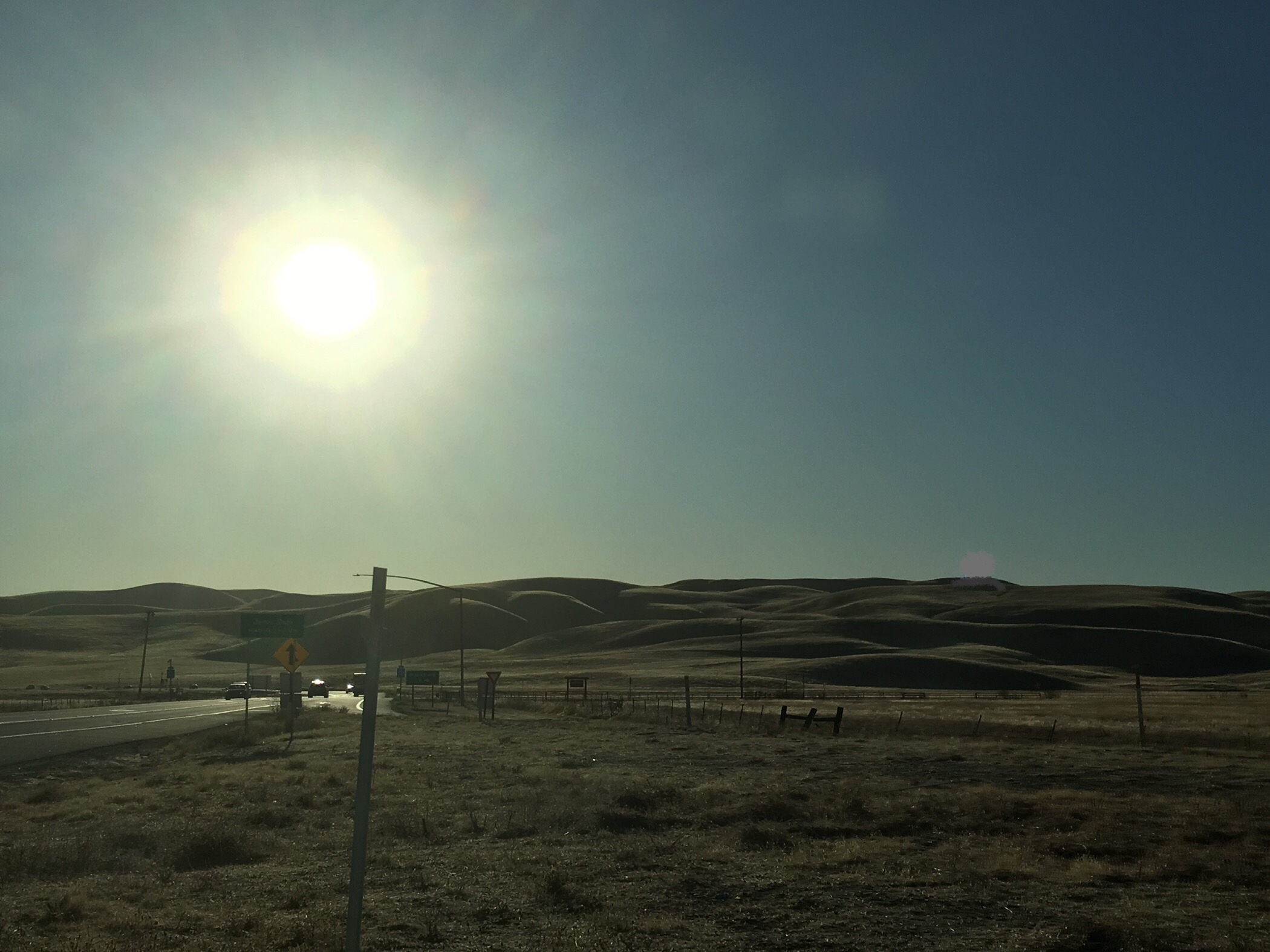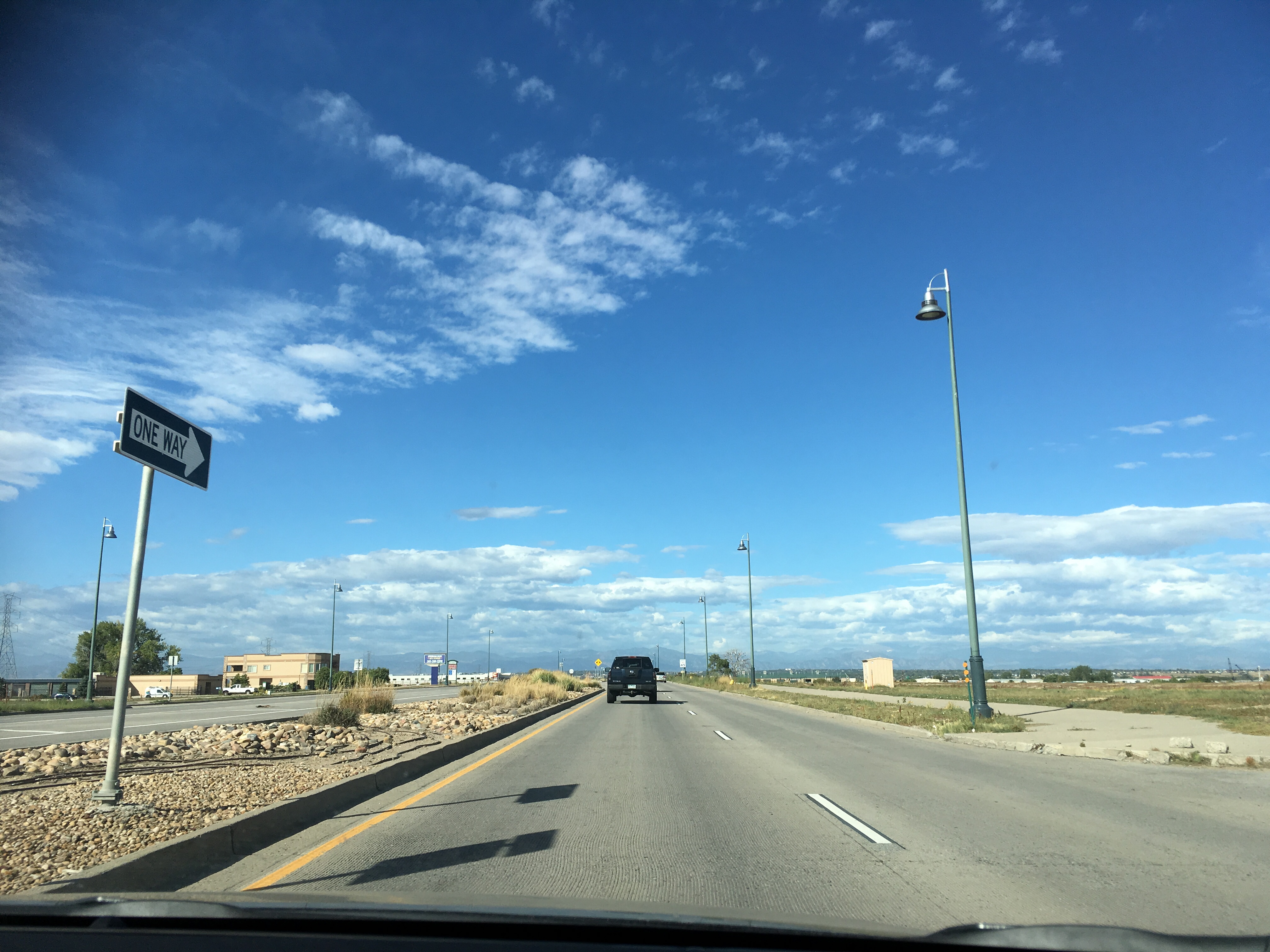Ha! I missed one week because I was busy with three (3) deadlines last week, so this is a retcon post dated 12 February (but written on 20 February). I march to my own drum. B) I know next to nothing about this library except it has a beautiful exterior. I must have passed by it when I was on my way to the Rory Gilmore experience of Yale in New Haven in January 2018 and quickly taken a picture. It’s the Ives Main Library, a branch in the New Haven Free Public Library system.
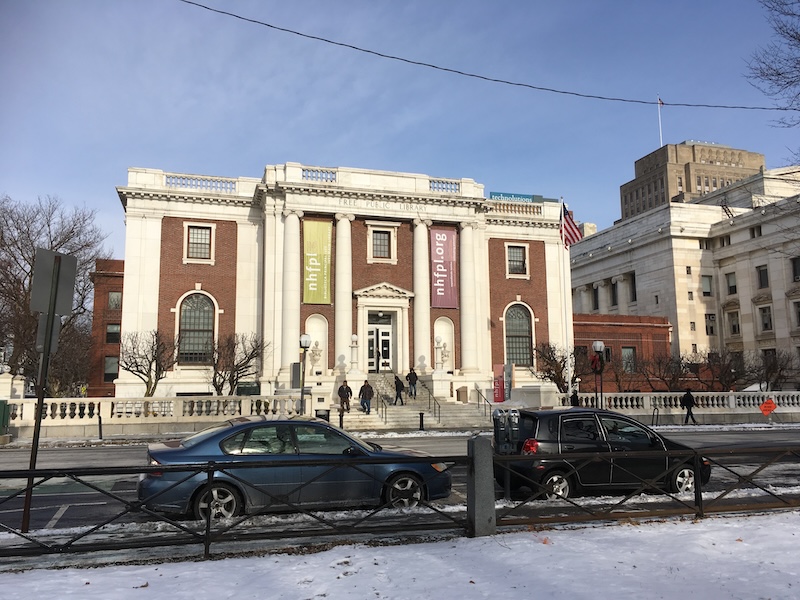
The Ives Main Library of the New Haven Free Public Library
It has that nice turn of the century look of ”palaces for the people” and what intrigues me is that it is not a Carnegie library (New Haven has three dated 1913; two of them now function as a radio station and a church respectively) but was designed by Cass Gilbert in 1911.
| Library | Ives Main Library |
|---|---|
| Place | New Haven, CT, USA |
| Coordinates | 41.308984, -72.924837 |
When I said I know nothing about it I meant I didn’t go inside to see it, but they do have some interesting information on their webpage including an at-a-glance document (pdf link) showing more info and demographic and community indicators.
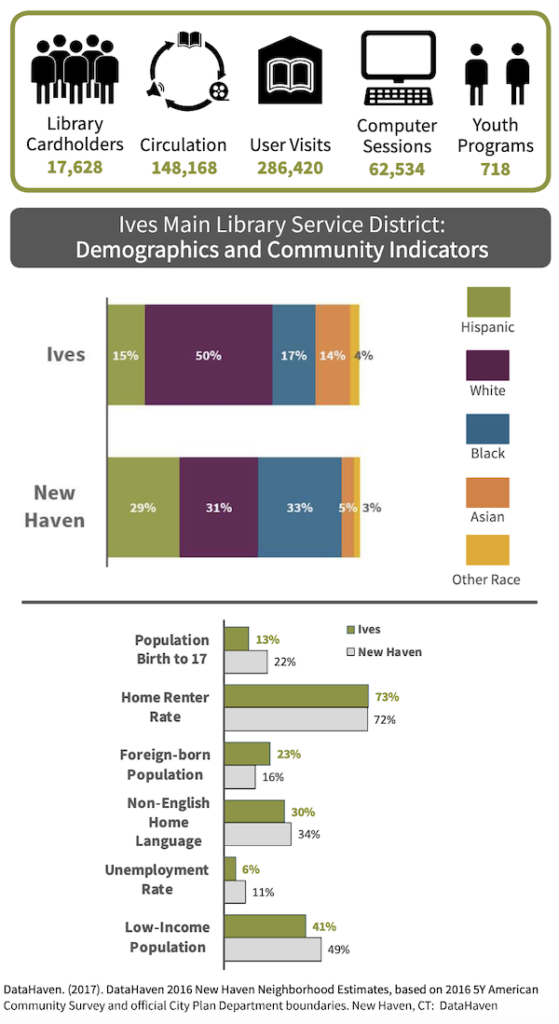
Ives Main Library demographic and community indicators.
I wonder about the importance of these indicators in library planning in New Haven? In general, something I’ve thought about a lot in my own research is how different library services are depending on where the library is located. Location drastically changes conditions related to budget, community, access, etc etc. Is it possible to provide equal library services to all or will main libraries in cities always be better equipped than the branches or rural libraries?
I guess there is a base line for services that must be provided, but I’m also thinking about – well, for instance, take the city I currently live in: the main library in Turku has a piano room, sewing machines, and 3D printers. The collections are obviously bigger because the library is bigger, but these can be ordered to other branches so the collection is accessible to everyone. The other services are highly useful, but who are they accessible to? When do they go from extra or experimental library services to being library services all library users should expect in their local library? Is that even reasonable?
If you think about the demographic situation, it’s more likely the affluent households are in the centre of a city (where the main branch is most often located) than in the suburbs (where branches might be located). Who is in more need of a lending a sewing machine? Not that I’m criticising the existence of sewing machines in the main branch, a bus ride away from most corners of the city, but it’s interesting to think about.
